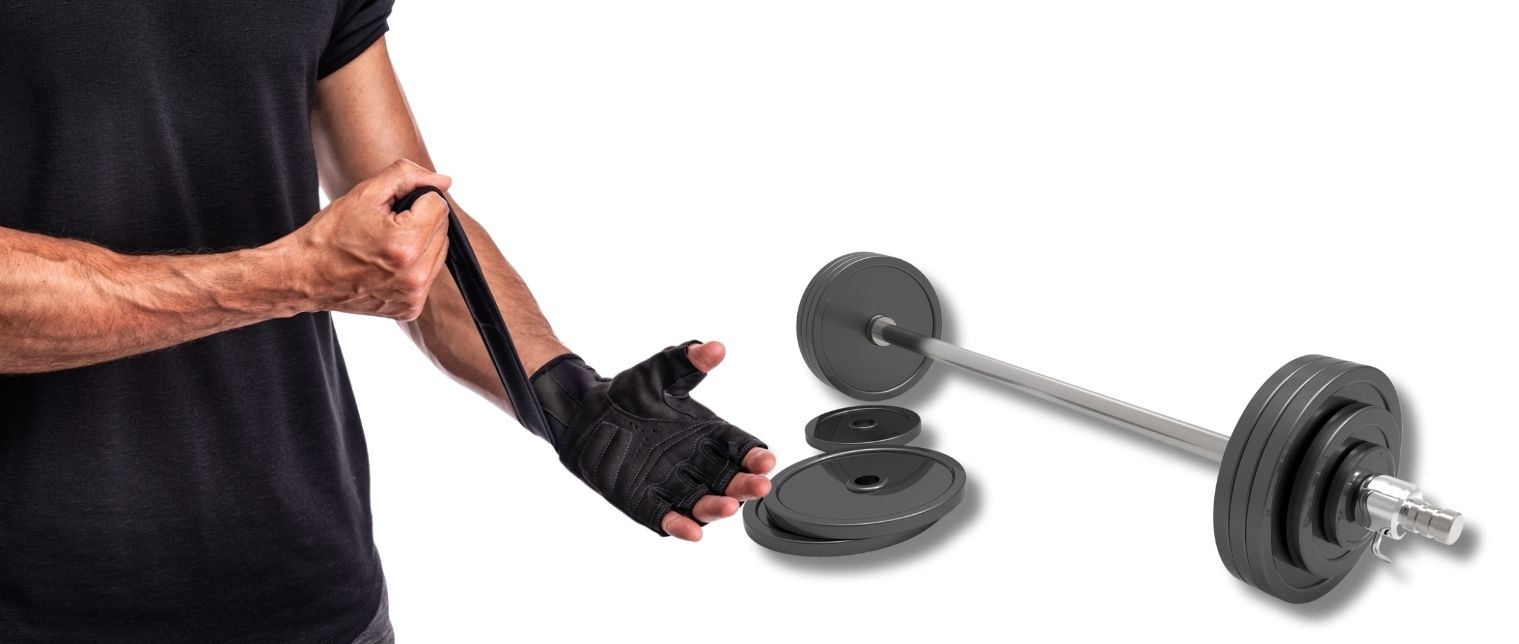Introduction
Resistance bands are versatile and portable tools that can enhance your abs workouts by adding resistance and variety. They are effective for targeting the core muscles, improving strength, and enhancing stability. This guide explores how to use resistance bands for abs, highlighting the benefits, exercises, and tips for maximizing your core training.
Introduction to Resistance Bands
Resistance bands are elastic bands used for strength training and physical therapy. They come in various forms, such as loop bands, tube bands, mini bands, and therapy bands, each offering different levels of resistance. These bands are lightweight, portable, and suitable for all fitness levels, making them a popular choice for core workouts.
Benefits of Using Resistance Bands for Abs
Enhanced Muscle Activation
Resistance bands add tension throughout the entire range of motion, which increases muscle activation and engagement. This is particularly beneficial for the core muscles, as it helps improve strength and stability.
Portability
Resistance bands are lightweight and compact, making them easy to carry and use anywhere. Whether you’re at home, in the gym, or traveling, you can perform effective abs workouts with minimal equipment.
Versatility
Resistance bands can be used to perform a wide variety of exercises targeting different muscle groups, including the abs. They allow for creative and functional movements that can challenge your core in new ways.
Types of Resistance Bands
Loop Bands
Loop bands are circular bands that can be used for various exercises, including leg and core workouts. They are versatile and provide different resistance levels based on their thickness and length.
Tube Bands
Tube bands have handles on either end, making them ideal for upper body and core exercises. They offer adjustable resistance by changing the length of the band or using multiple bands.
Mini Bands
Mini bands are smaller loop bands, perfect for targeting the lower body and core. They are excellent for adding resistance to exercises like planks and leg lifts.
Therapy Bands
Therapy bands are flat, non-looped bands used primarily in physical therapy. They are also useful for gentle resistance training and can be tied to create loops if needed.
How to Use Resistance Bands for Abs
Proper Techniques
- Anchoring: Secure the band to a stable object or use your body weight to create resistance.
- Posture: Maintain a neutral spine and engage your core throughout the exercise.
- Controlled Movements: Perform exercises slowly and with control to maximize muscle engagement and reduce the risk of injury.
Safety Tips
- Always check the band for any signs of wear or damage before use.
- Start with a band that provides manageable resistance and gradually increase as you get stronger.
- Focus on proper form and technique to prevent strain or injury.
Common Mistakes
- Using bands that are too heavy or too light.
- Performing exercises too quickly, compromising form.
- Neglecting to engage the core properly throughout the movements.
Best Resistance Band Exercises for Abs
Standing Band Rotations
Stand with feet shoulder-width apart, holding the band in both hands. Rotate your torso to one side, keeping your hips stable, then return to the center. Repeat on the other side.
Resistance Band Bicycle Crunches
Lie on your back with the band around your feet. Perform bicycle crunches, ensuring the band stays taut to provide resistance.
Band-Resisted Planks
Place the band around your wrists and get into a plank position. Push your hands outward against the resistance of the band to engage your shoulders and core.
Seated Band Russian Twists
Sit on the floor with your knees bent, holding the band in both hands. Lean back slightly and rotate your torso from side to side, keeping the band taut.
Advanced Resistance Band Ab Exercises
Band Pallof Press
Anchor the band at chest height. Stand perpendicular to the band, hold it with both hands, and press it straight out in front of you, resisting the rotation.
Dead Bug with Resistance Band
Lie on your back with the band around your feet. Extend one leg while the opposite arm reaches overhead, keeping the band taut.
Standing Oblique Crunches with Band
Anchor the band at a low point. Stand with your side facing the anchor, hold the band in one hand, and perform side crunches, engaging your obliques.
Resistance Band Mountain Climbers
Place the band around your feet and get into a plank position. Perform mountain climbers, ensuring the band provides continuous resistance.
Creating an Effective Resistance Band Abs Workout
Structuring Your Workout
- Warm-Up: Start with a 5-10 minute warm-up to increase blood flow and prepare your muscles.
- Exercise Selection: Choose 4-6 resistance band exercises targeting different areas of the core.
- Repetitions and Sets: Aim for 12-15 repetitions per exercise, completing 3-4 sets.
- Cool Down: Finish with stretching to promote flexibility and recovery.
Repetitions and Sets
Begin with lower repetitions and sets if you’re new to resistance training, and gradually increase as you build strength and endurance.
Progression Tips
- Increase the resistance of the bands over time.
- Add more challenging variations of exercises.
- Incorporate compound movements that engage multiple muscle groups.
Combining Resistance Bands with Other Equipment
Using Bands with Dumbbells
Combine resistance bands with dumbbells to add variety and increase the intensity of your core workouts. For example, perform band-resisted dumbbell squats to engage the abs.
Medicine Balls
Incorporate medicine balls with resistance bands for dynamic core exercises like band-resisted Russian twists with a medicine ball.
Stability Balls
Use stability balls in conjunction with resistance bands for exercises like band-resisted stability ball rollouts, challenging your balance and core strength.
Tips for Maximizing Results with Resistance Bands
Consistency
Consistency is key to seeing results. Incorporate resistance band abs exercises into your regular workout routine for the best outcomes.
Proper Form
Focus on maintaining proper form and technique to ensure you’re effectively targeting the core muscles and reducing the risk of injury.
Increasing Resistance
Gradually increase the resistance of the bands as you get stronger to continue challenging your muscles and promoting growth.
Variety in Workouts
Mix up your exercises and routines to prevent plateaus and keep your workouts interesting. This helps in targeting different muscle groups and improving overall core strength.
FAQs
Can resistance bands really help build abs?
Yes, resistance bands can effectively target and strengthen the core muscles, helping to build and define abs.
How often should I do resistance band abs workouts?
Aim to incorporate resistance band abs workouts 2-3 times per week, allowing for rest and recovery between sessions.
Are resistance bands effective for beginners?
Absolutely. Resistance bands come in various resistance levels, making them suitable for beginners and advanced users alike.
Can I use resistance bands for other muscle groups?
Yes, resistance bands are versatile and can be used to target almost any muscle group, including arms, legs, back, and shoulders.
Do I need different bands for different exercises?
It’s helpful to have bands with different resistance levels to match the intensity of various exercises and your fitness level.
Can resistance bands replace weights for abs workouts?
Resistance bands can complement weights and sometimes replace them, providing a different type of resistance that’s effective for muscle engagement and growth.
Conclusion
Using resistance bands for abs is an excellent way to enhance your core workouts, providing resistance and versatility that can help you achieve better results. By incorporating the right exercises, maintaining proper form, and gradually increasing resistance, you can effectively target and strengthen your core muscles. Remember to stay consistent and mix up your routines to keep your workouts engaging and effective.




Share:
When to Use a Lifting Strap Instead of Weight-Lifting Gloves
Everything You Need to Know About Gym Bags